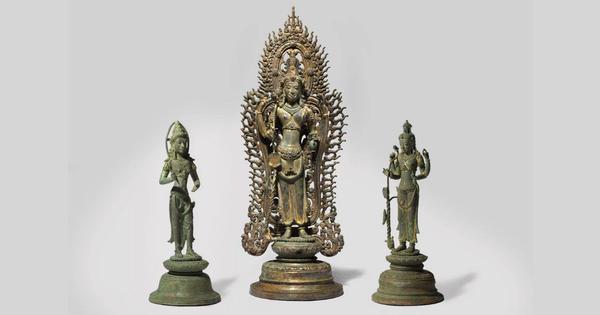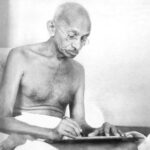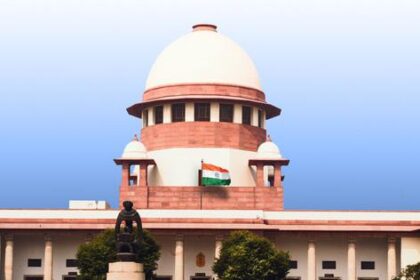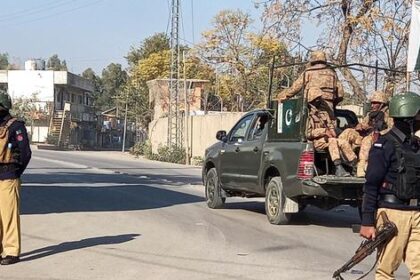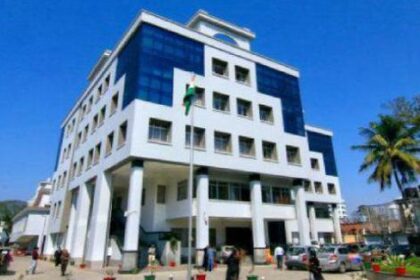Rethinking cultural justice in the context of historical looting and political narratives
Australia’s recent repatriation of three ancient Buddhist statues to Cambodia raises important questions about the nature of cultural heritage and historical truth. These statues, originating from the Champa Kingdom that existed from the 2nd to the 19th centuries across present-day Vietnam, Cambodia, and Laos, were acquired by the National Gallery of Australia (NGA) in 2011 before being returned to Cambodia in 2023. However, the political geography of the region has transformed significantly since the time these artifacts were created, leading to a complex understanding of what repatriation truly signifies.
The return of these Cham artifacts to Cambodia, while excluding Vietnam and Laos, highlights how contemporary politics influence our perceptions of cultural heritage. The Cham people, an ethnic minority spread across these nations, have faced marginalization in Cambodia, particularly under the government’s Khmer ethno-nationalist narrative. Although the statues date back to a pre-Islamic era when Hindu and Buddhist influences were dominant, the modern Cambodian state’s claim over them complicates the historical narrative.
After the statues were handed over, Cambodian Ambassador to Australia, Cheunboran Chanborey, emphasized the positive impacts of returning looted artifacts, suggesting it fosters local pride and a sense of cultural identity. Yet, the cultural tradition that birthed these bodhisattvas is often overlooked in the current nationalistic framework. The history of how these artifacts were removed from their original context is also troubling; organized looting networks, sometimes led by military personnel or affiliated with the Khmer Rouge, facilitated their removal in the 1990s, long after the Khmer Rouge’s reign of terror had ended.
The involvement of the Royal Cambodian Armed Forces and former Khmer Rouge members in the looting process casts a shadow over the current government’s role in both the theft and subsequent repatriation. A photograph from 2009 reveals the antiquities dealer Douglas Latchford, who sold the statues to the NGA, alongside Sok An, a former deputy prime minister, indicating a collaborative relationship that may have existed during the illicit trade of these artifacts.
As the ambassador received the statues in a formal ceremony in 2023, the irony of the Cambodian People’s Party’s potential complicity in the original theft was stark. This situation illustrates how the act of repatriation can sometimes serve as a facade for political legitimacy rather than a genuine attempt at cultural restitution. The complexities surrounding the ownership of cultural artifacts necessitate a reevaluation of how we understand cultural heritage in a world where borders are fluid and contested.
The NGA has adhered to the Protection of Movable Cultural Heritage Act 1986 in returning these bodhisattvas, but their situation illustrates the nuanced nature of cultural origin. The statues were created in Vietnam but discovered in Cambodia, raising questions about national ownership that remain unresolved. The porous borders in the Mekong region have historically complicated issues of sovereignty and cultural identity.
Ultimately, instead of focusing on which nation-state deserves these artifacts, a more comprehensive approach might consider how cultural heritage can benefit all communities connected to it. The three bodhisattvas serve as a reminder that repatriation is not merely a transaction of objects but a complex discourse on historical narratives, ownership, and the ongoing struggle for cultural justice.

